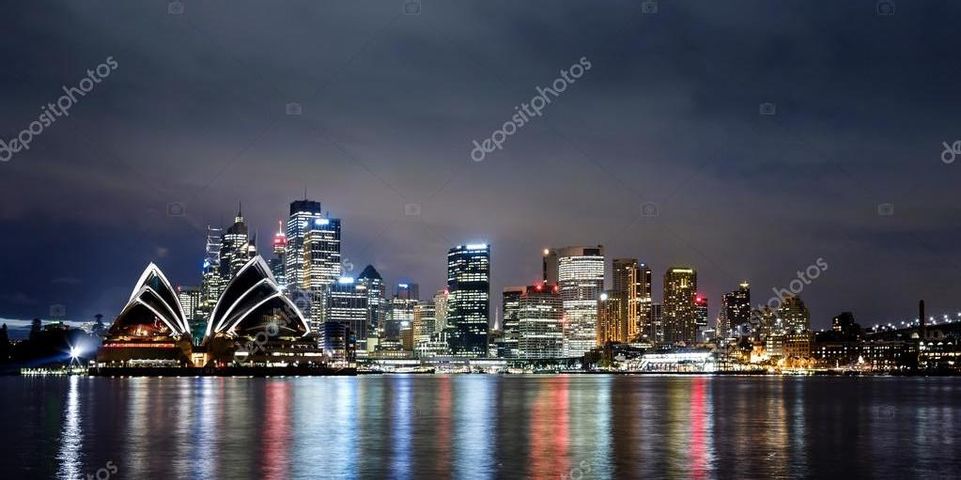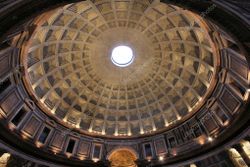
People largely rely on concrete blocks for their functionality and practical uses, but concrete has also been used to construct some remarkable works of architectural achievement. The malleability of concrete gives architects the ability to experiment. Here are five particularly notable uses of concrete blocks from around the world.
5 Renowned Concrete Structures
1. Sydney Opera House — Sydney, Australia
Construction was originally expected to take four years but ended up taking 14. The Sydney Opera House’s V-shaped concrete shells are considered distinctly modern design. While the name of the building designed by Danish architect, Jørn Utzon, suggests one venue, it’s home to multiple venues.
2. Villa Saitan — Kyoto, Japan
The collective housing unit designed by EASTERN Design Office symbolizes an immortal tree and is located on the residence of a hero in the Japanese epic, The Tale of Heike. The architecture is covered with a wall where holes were cut to resemble the trunk and leaves of a tree, although the building can also be viewed as clouds floating over trees. This nature-inspired building has delicate concrete curves, which are a sight to behold.
3. The Pantheon — Rome, Italy
 The Pantheon remains the world's largest unreinforced concrete dome nearly 2,000 years after being constructed. The use of concrete blocks in the construction of this former Roman temple became the standard by which many subsequent architects copied stylistic elements. Roman concrete (opus caementicium) is believed to be more durable than modern concrete because of the inclusion of volcanic ash.
The Pantheon remains the world's largest unreinforced concrete dome nearly 2,000 years after being constructed. The use of concrete blocks in the construction of this former Roman temple became the standard by which many subsequent architects copied stylistic elements. Roman concrete (opus caementicium) is believed to be more durable than modern concrete because of the inclusion of volcanic ash.
4. Fallingwater — Mill Run, Pennsylvania
Fallingwater is a house designed by Frank Lloyd Wright after visiting waterfalls in the Bear Run area of Southwestern Pennsylvania. Over five million people have visited the home since it opened to the public in 1964. Wright's use of ferro-concrete for the cantilevers and reinforced concrete for the balconies was considered revolutionary.
5. Auditorio de Tenerife — Santa Cruz de Tenerife, Canary Islands, Spain
Located on the waterfront in the Los Llanos, the all-concrete structure features a dramatic, sweeping roof intended to resemble a wave. The large arch is supported by only two points, and the smooth roof contrasts sharply with the actual auditorium structure. Designed by Santiago Calatrava, the building was included in a set of stamps commemorating Spanish architecture.
When you need mixes for concrete blocks in Connecticut, contact Builder's Concrete East. Whether you are a contractor or a homeowner, they have produced concrete for more than half of a century. Visit the website to learn more information about the services offered, or call (860) 456-4111 to discuss your project.
About the Business
Have a question? Ask the experts!
Send your question

